12 Picture Book Activities for Early Years Settings
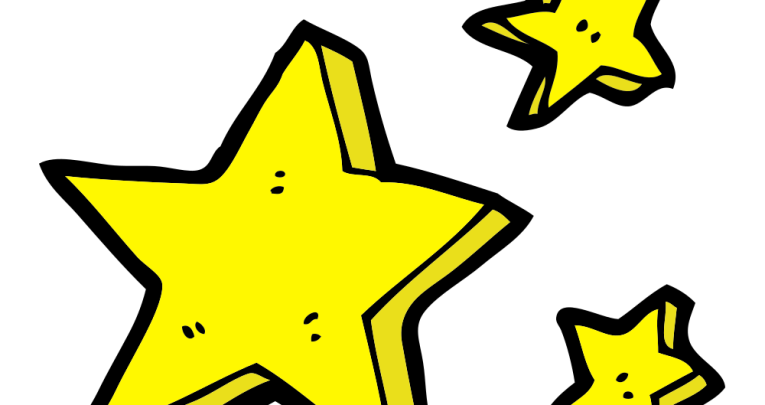
Dance like a twinkling star, explore fluorescent colours, conduct a chameleon hunt, and much, much more with these ideas from Hilary White…

- by Hilary White
- Former nursery and primary teacher, freelance writer and consultant

Star in the Jar: Sam Hay and Sarah Massini (Egmont)
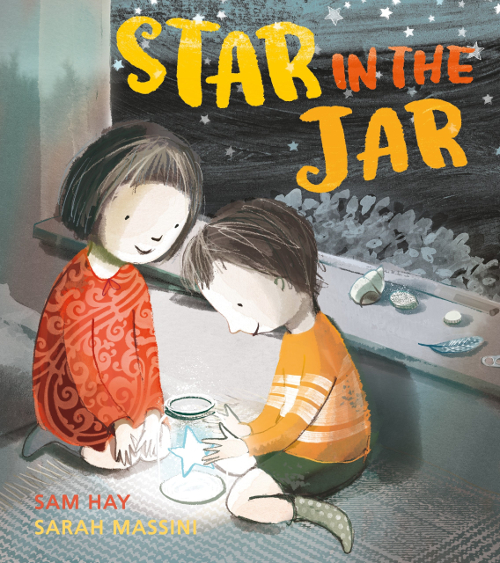
Shiny stars
Look at how the stars in Star in the Jar sparkle against the dark sky. Give the children cut-out card stars and a selection of shiny collage scraps (glitter card, silver foil, silver mirror card, silver and white tissue). Help them to brush white PVA glue across the card shapes before sticking on the collage scraps.
Provide different-shaped stars, including regular and irregular, pentagrams and hexagrams (five- and six-pointed stars), and stars with thin and fat points. Paint a dark background for mounting the stars, just like the night sky in the story.
Treasure jars
Talk about how the little boy in the story keeps his treasured star in a jar. Let younger children choose from a selection of treasures to put in a jar of their own. With older children, write a list of possible treasures for their jar, and help them to make a final choice. Talk about issues such as the size and availability of the treasure and discuss the reasons for their choice. Let each child decorate a sticky label for their jar, and encourage those who are ready to write their name on the label.
Star dancing
Look at the double-page spread in the book where the sky crackles and fizzes, and the stars make a swirly, whirly, sparkly silver chain. Explore ways of moving bodies to represent a twinkling star: make twinkly movements with fingers, dance on tiptoe, make star jumps and join hands to create a chain of stars. Choose some twinkly music to dance to, and let the children decorate themselves with silver tinsel and starry crowns. Introduce tinkly percussion instruments, such as bells, and silver streamers to wave.
You Can’t Take an Elephant on the Bus: Patricia Cleveland-Peck and David Tazzyman (Bloomsbury Children’s Books)
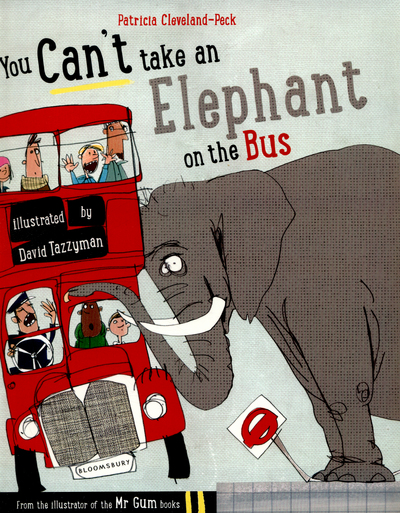
In, on and under
The events in You Can’t Take an Elephant on the Bus are useful for exploring prepositions (position words). Talk about how most of the animals ride in or on the vehicles, while the elephant is beside the bus, the monkey is behind the trolley and the bear is near the ice cream van. Print and cut out pictures of the animals and vehicles in the story and let the children stick them onto card to show different prepositions. Write captions for each one: a centipede above an aeroplane; an elephant under a skateboard; a hippo behind a bicycle.
A camel in a sailing boat…?
Look at the camel in the sailing boat, and talk about what is meant by the words ‘afloat’, ‘capsize’ and ‘sink’. Gather together toy boats and plastic animal models for the children to explore at the water table. Encourage them to investigate how many animals they can fit into a boat before it capsizes and sinks. What happens if you put a heavy or tall animal in a small boat? Help them to make their own boats from boxes, pots and plastic lids, and show them how to model boat shapes from plasticene.
Animal Antics
As a part of each scenario in You Can’t Take an Elephant on the Bus, the author and illustrator explain why it’s not a good idea for the animals to ride on buses, bikes and other vehicles. For example, the elephant’s heavy fat bottom would squash the seats of the bus, and a bike is useless for a whale as it has no feet for the pedals. Try role playing some of the funny animal scenarios – the naughty monkeys playing with a trolley, the roller-skating centipede in a rage and the greedy bear gobbling ice cream.
Neon Leon: Jane Clarke and Britta Teckentrup (Nosy Crow)
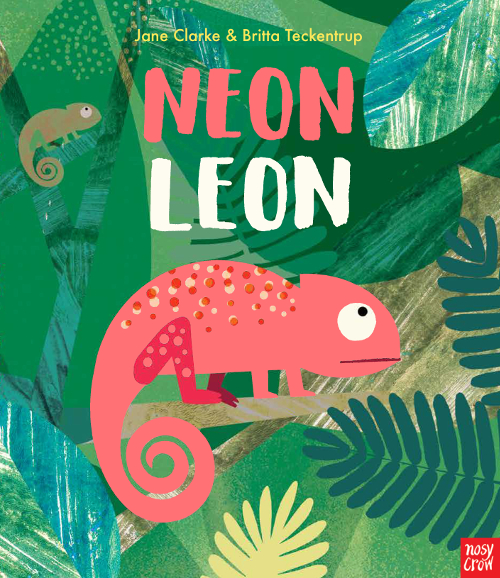
Neon colours
Look through the pages of Neon Leon with the children, and point out the fluorescent colour of Leon’s coat. Compare the bright orange with the ordinary, dull colours of the other chameleons. Give the children ready-mixed fluorescent paint to explore. What happens if they mix colours together? Do the paints work better on black or white paper? Compare the neon paint effects with regular paint, and explore using coloured chalks on black paper to create a more subtle effect.
Spot the chameleon
Chameleons make a great starting point for practising colour or pattern recognition. Cut out several chameleon shapes from white card, and colour them in so that you have a pair for each colour/pattern you wish to explore. Hide the chameleons in the setting, choosing camouflaged hiding places; for example, the red chameleon propped against a red cushion in the book area. Give each child a matching chameleon and send them on a search, reminding them that the chameleons are camouflaged. Offer clues if necessary and ‘plant’ objects if you want to hide chameleons with unusual colours or patterns.
Camouflage
Unlike Leon, most chameleons can change colour to match their backgrounds. Many animals use camouflage to blend into the background, including bright green tree frogs, stripy zebras and spotty leopards. Give the children cut-out pictures of animals with interesting patterns, a selection of coloured pastels and some paper. Challenge them to make smudgy camouflage backgrounds for the creatures – and encourage older children to match patterns as well as colours. Bear in mind that pastels work best on sugar (construction) paper – and backgrounds look more natural on pale beige, green or stone-coloured paper, rather than white.
The Shopping Basket: John Burningham (Red Fox)
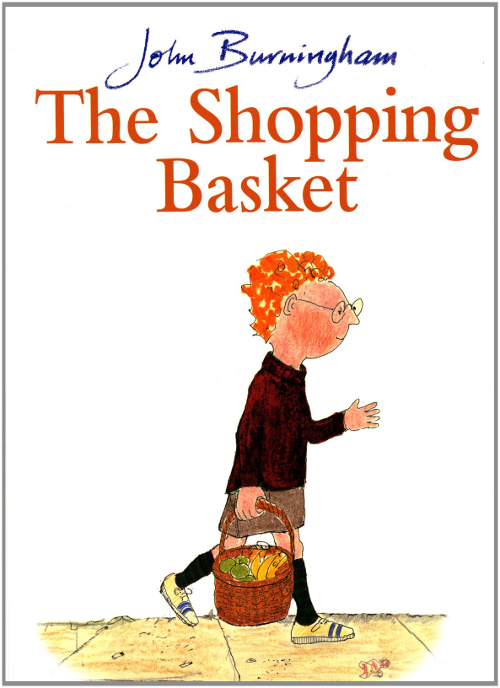
Fruit bar charts
In The Shopping Basket, Steven buys apples, oranges and bananas. Talk to the children about which fruit they like best and make a group bar chart. Divide three card strips into sections, label them ‘apple’, ‘orange’ and ‘banana’ and blu-tak them to the floor. Let each child choose their favourite fruit and place it on a section. Once every child has participated, count the columns to see which fruit is the favourite/least favourite. If your group is small enough, real whole fruits work well – but you can also use pictures as a convenient alternative.
Baskets
Steven uses a basket to carry his shopping – but baskets have many other purposes. Make a collection of baskets, including a laundry basket, a baby’s Moses basket, a flower basket and a sewing basket (ask parents and friends to contribute). Encourage the children to explore and talk about the shape, size, texture and purpose of the different baskets. Set up an interactive display for children to explore: artificial flowers with the flower basket, food boxes and toy fruit with the shopping basket, dressing-up clothes in the laundry basket and so on.
Exploring fruit
The apples, oranges and bananas that Steven buys on his shopping trip are familiar fruits in the UK, and they offer young children lots of opportunity for exploration. Help children to investigate the fruit using their five senses. Examine the peels and skins, seeds and flesh of the fruits, and look at how juicy an orange is compared to a banana. Introduce the fruit in different forms such as dried banana chips, freshly squeezed orange juice, candied orange peel, stewed apple and mashed banana. Which do the children like best?
Tip
Picture books are not just for the book corner. Put titles in appropriate spots throughout the setting, for example, garden-themed books near the patio doors and vehicle-themed books by the toy garage.
Positive relationships
Many picture book stories revolve around relationships – between friends and family members as well as interactions with people in the wider community.
In these four titles alone, the authors and illustrators cover sibling interaction (Star in the Jar), parent/child (The Shopping Basket), friendship (Neon Leon) and the impromptu overlap of individuals as they go about their daily business (You Can’t Take an Elephant on the Bus).
Thanks to the nature of picture book stories, any relationship conflicts or difficulties are usually handled in a positive, sensitive or light-hearted manner.
The context of the story also gives you lots of spontaneous opportunities to talk about relationship issues and help the children link the story scenarios with their own, real-life experiences.
Hilary White is a former nursery and primary teacher. As an author she has written a number of books and contributed to a range of magazines. Browse more of her Early Years activities.










